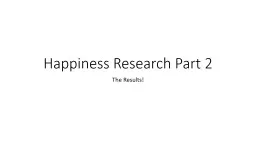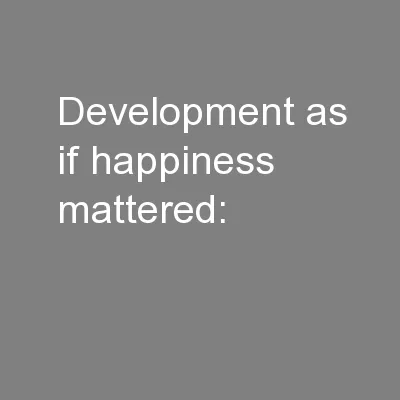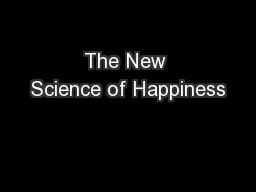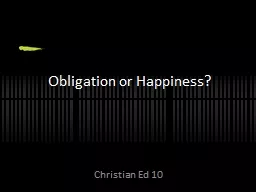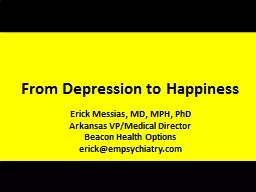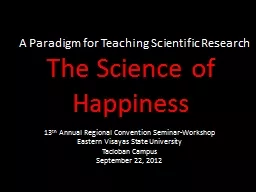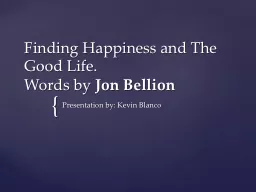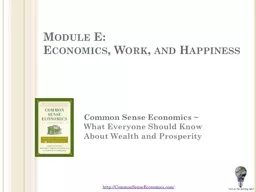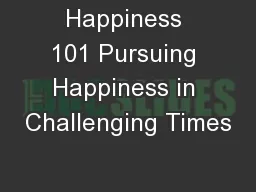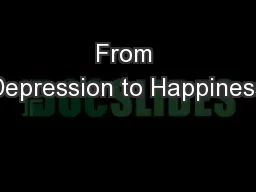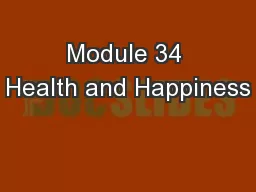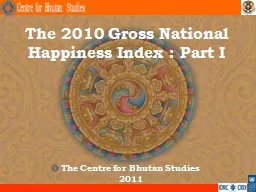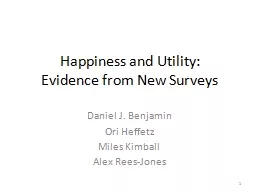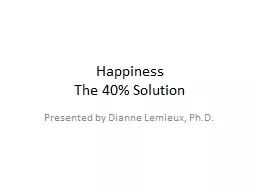PPT-Happiness Research Part 2
Author : faustina-dinatale | Published Date : 2019-06-29
The Results Happiness and Wealth The Traditional View Ive been rich and Ive been poor believe me rich is better Mae West Kahneman amp Deaton 2010 450000 US subjects
Presentation Embed Code
Download Presentation
Download Presentation The PPT/PDF document "Happiness Research Part 2" is the property of its rightful owner. Permission is granted to download and print the materials on this website for personal, non-commercial use only, and to display it on your personal computer provided you do not modify the materials and that you retain all copyright notices contained in the materials. By downloading content from our website, you accept the terms of this agreement.
Happiness Research Part 2: Transcript
Download Rules Of Document
"Happiness Research Part 2"The content belongs to its owner. You may download and print it for personal use, without modification, and keep all copyright notices. By downloading, you agree to these terms.
Related Documents

